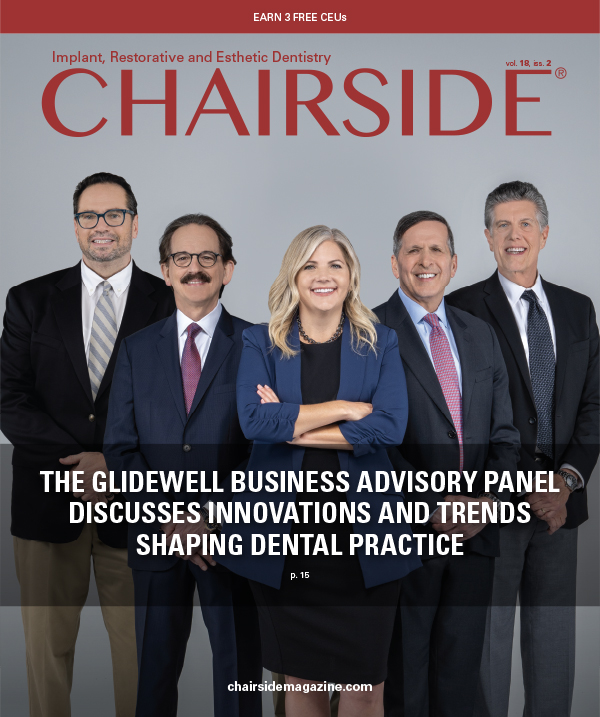By the Numbers: The Evolution of Restorative Materials
Innovations in technology and restorative materials have enabled dentists to provide more durable and esthetic restorative options. The launch of BruxZir® Zirconia in 2009 introduced doctors to a durable monolithic zirconia, and doctors transitioned away from PFMs and other ceramic materials.1
EARLY ALL-CERAMIC MATERIALS
1994–2015
In 1994 and 1995, we saw the launch of Captek™, InCeram, Artglass and Empress. At their peaks, these materials represented 10.3%, 6.1%, 17.9%, and 10.2% of restorations fabricated by Glidewell. Unfortunately, the clinical results of these early all-ceramic materials were often disappointing. As new materials with better strength and esthetics became available, treatment preferences shifted. By 2015, all these once-popular materials were no longer clinically relevant.
31 million
BruxZir Zirconia restorations produced by Glidewell since the material’s 2009 introduction.
The Decline of PFMs
In 2007, PFM restorations made up 65.3% of restorations fabricated by Glidewell. By 2022, this number had dropped to 6.1%.









